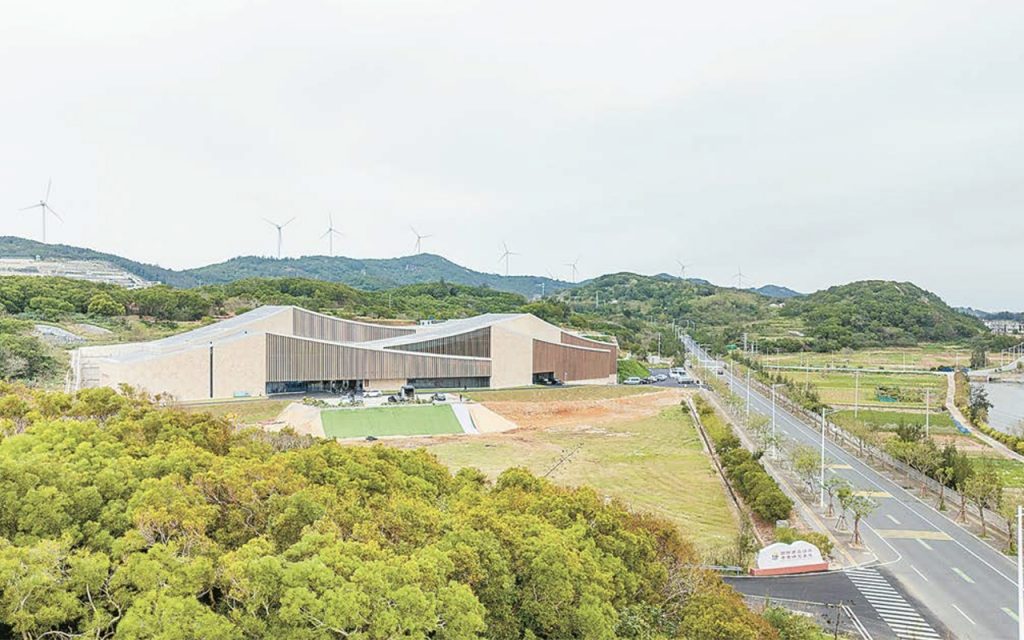Rediscovering Lost Ties: How Archaeology Connects China and Polynesia
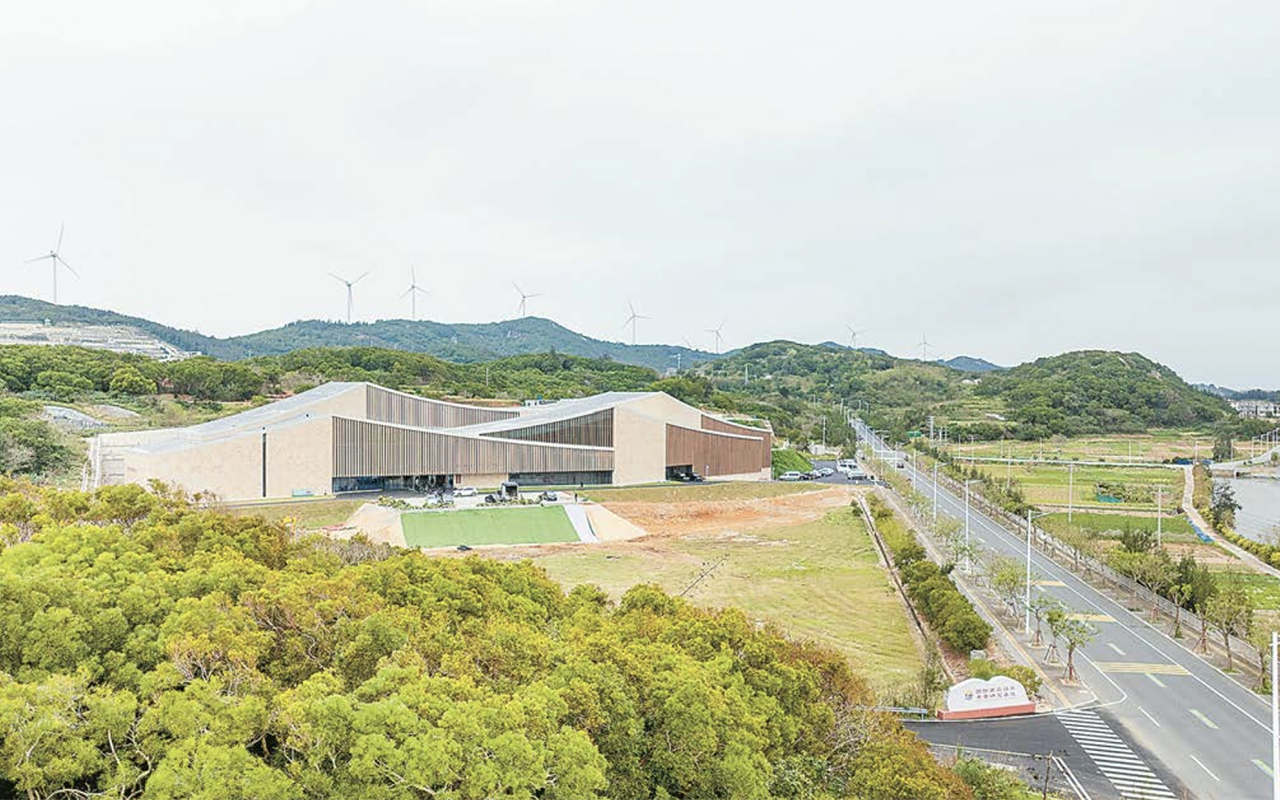
In December 2024, archaeologist Barry Rolett of the University of Hawaiʻi traveled to Fujian, China, to participate in the opening ceremony of a new museum dedicated to research on the origins of the Austronesian people, including Polynesians. What he expected to be a routine event turned into a major media moment, with 40 news and TV reporters from across China covering the occasion. His work was featured in multiple news articles and broadcasts, underscoring the growing significance of his research in China.
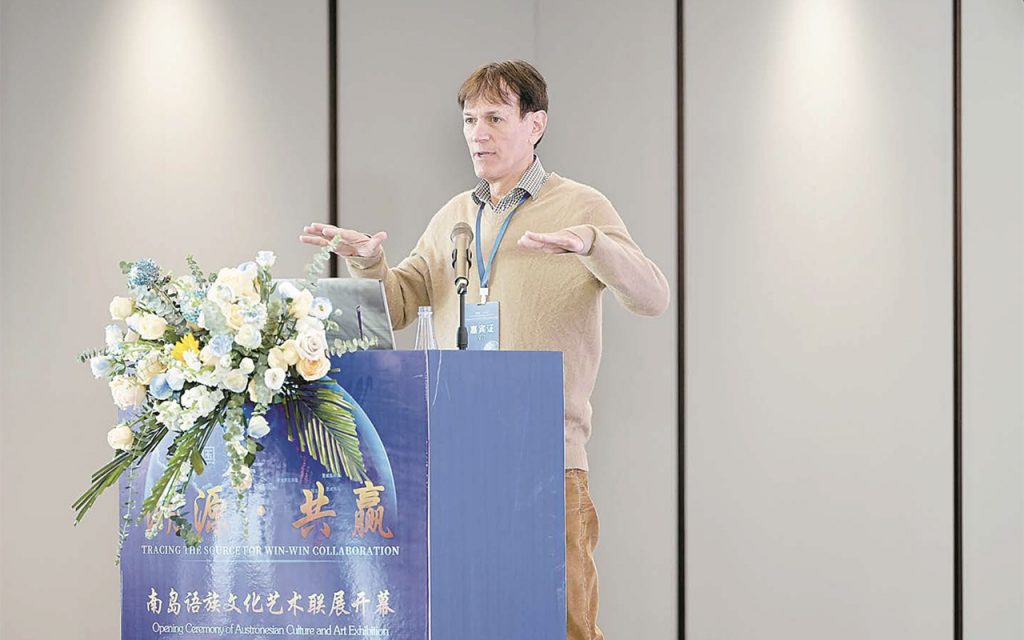
Professor Rolett has spent decades investigating the deep historical connections between China and the Pacific Islands. In 2001, he initiated a collaborative research project with Chinese archaeologists that introduced the idea that Polynesian ancestors can be traced to the southeastern coast of China. Since then, interest in Austronesian origins has surged in China, fueling major archaeological discoveries and new academic initiatives.
A Stepping Stone Across the Ocean
Professor Rolett’s research, in collaboration with Chinese archaeologists, has included excavations at Keqiutou site in Pingtan, an area once home to some of the earliest maritime cultures in southern China. The site, dated between 6,500 and 5,500 years ago, has revealed artifacts that strongly suggest a connection between prehistoric peoples of China’s southeastern coast and the Austronesian voyagers who would later populate Taiwan, the Philippines, and the Pacific Islands.
Through excavation efforts beginning in 2004, Professor Rolett and his colleagues uncovered key archaeological evidence—pottery fragments, stone tools, and shell remains—that align with cultural elements found in later Austronesian settlements. This work has helped support what Professor Rolett calls the “stepping stone hypothesis”: the idea that adventurous Neolithic seafarers who crossed the Taiwan Street did not view Taiwan as a stopping point. Instead, Taiwan was only one of their many stepping stones to the Pacific.
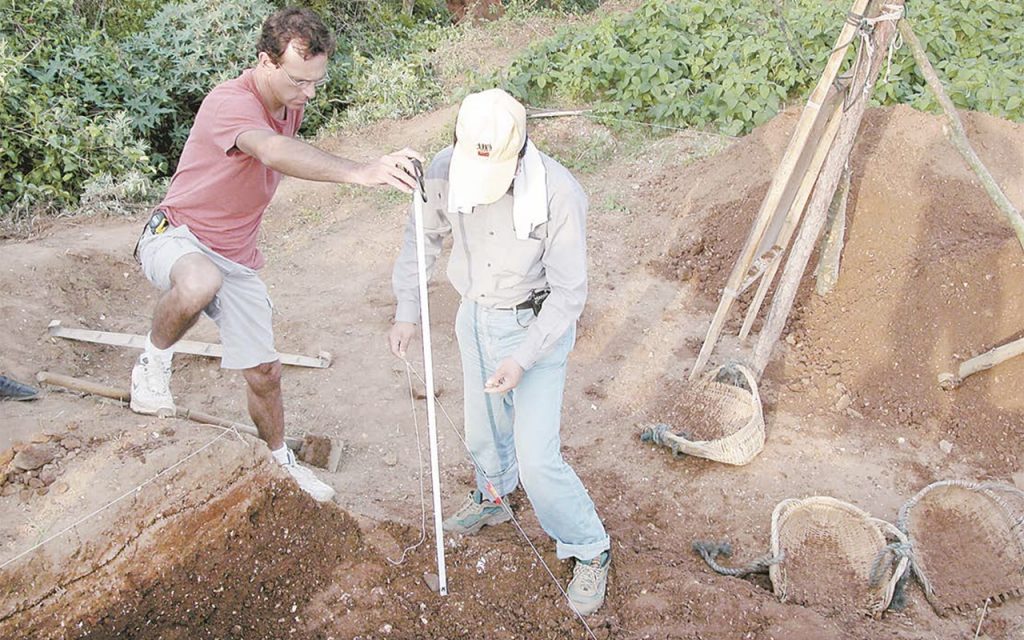
“Pingtan was likely a major departure point for Austronesian ancestors,” says Professor Rolett. “The maritime technology and cultural artifacts found at Keqiutou give us a glimpse into how these early navigators lived, traveled, and sustained themselves.”
A key milestone came in 2023 when a site excavated by Professor Rolett and his colleagues was named one of China’s top 10 archaeological discoveries of the year. The newly opened museum in Fujian stands as a testament to this growing field of study, offering the public an opportunity to explore the Austronesian migration story and China’s maritime past. With continued archaeological discoveries and expanding academic collaboration, Professor Rolett’s research is helping to redefine our understanding of how ancient seafarers shaped the cultural landscapes of the Pacific.
The Future of China-Pacific Archaeology
Professor Rolett’s work is part of a growing movement in archaeology that seeks to integrate Indigenous knowledge with scientific discovery. His long-standing collaboration with scholars in China has helped foster international partnerships aimed at unraveling the complex history of human migration. The Keqiutou discoveries, along with continued excavations across the region, promise to refine our understanding of how Austronesian cultures spread and adapted to new environments over millennia.
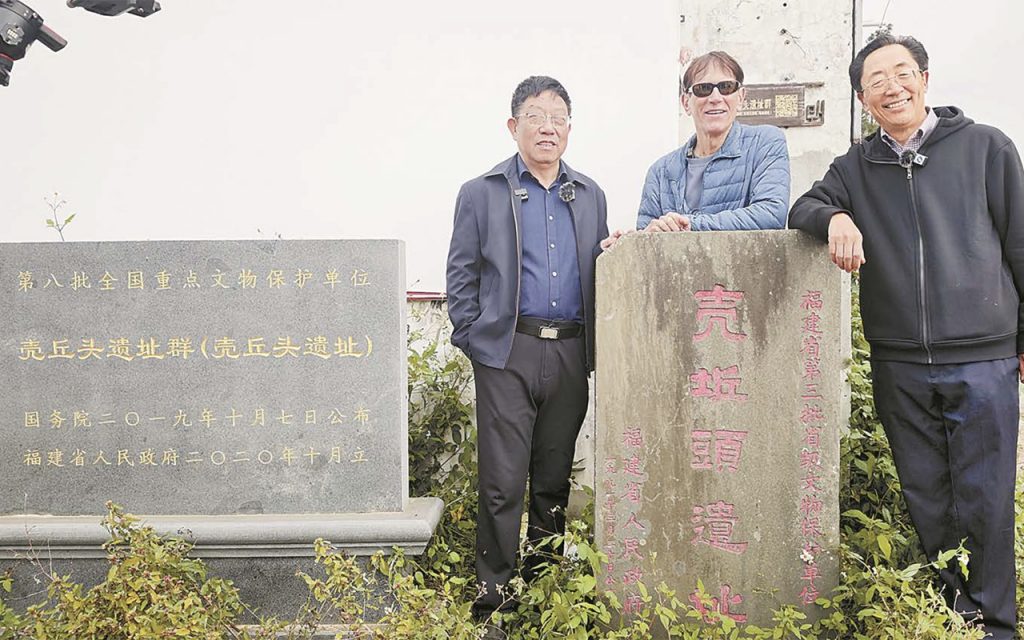
Barry Rollet (middle) Professor of Anthropology, University of Hawaiʻi, Mānoa and
FAN Xuechun (left) Director of the International Austronesian Research Institute in Pingtan
met again at Keqiutou Site in 2024 (Picture from Barry Rolett)
The implications of this research extend beyond academia. Understanding the origins of Pacific Islanders not only provides clarity on human migration but also strengthens cultural connections between China and the Pacific today. For communities seeking to preserve their histories and identities, archaeological findings like those from Pingtan offer a tangible link to their ancestral past.
With further research and collaboration, Professor Rolett and his team hope to uncover even more about the early Austronesian seafarers who charted unknown waters thousands of years ago. The Pacific’s deep history is still unfolding, and with each discovery, we gain a clearer picture of how the ocean has connected rather than divided the peoples of Asia and the Pacific.
